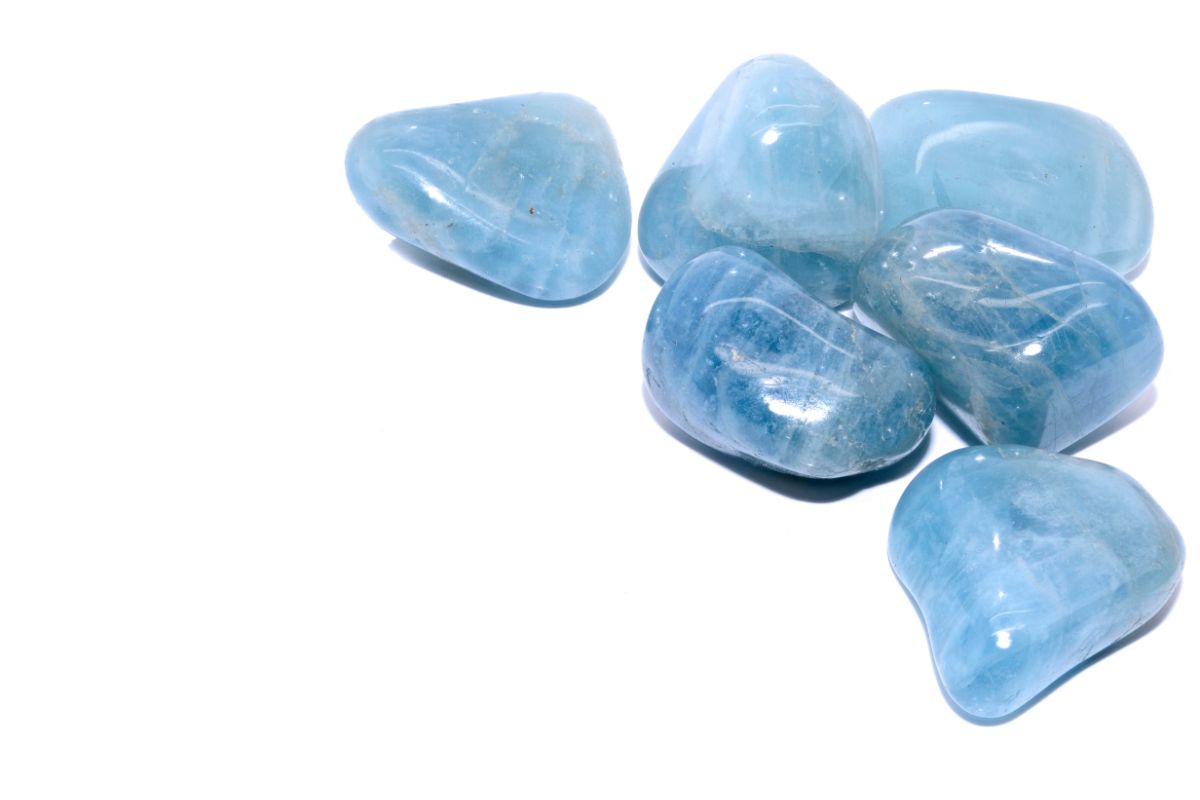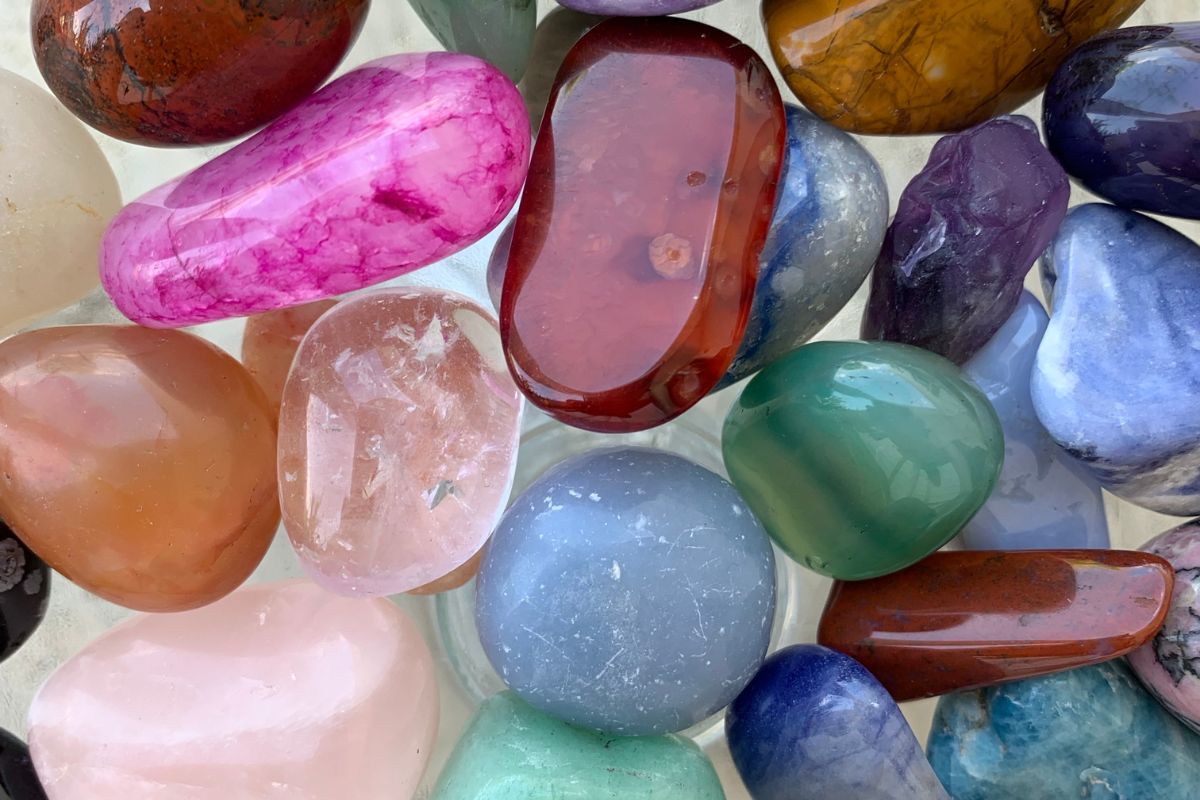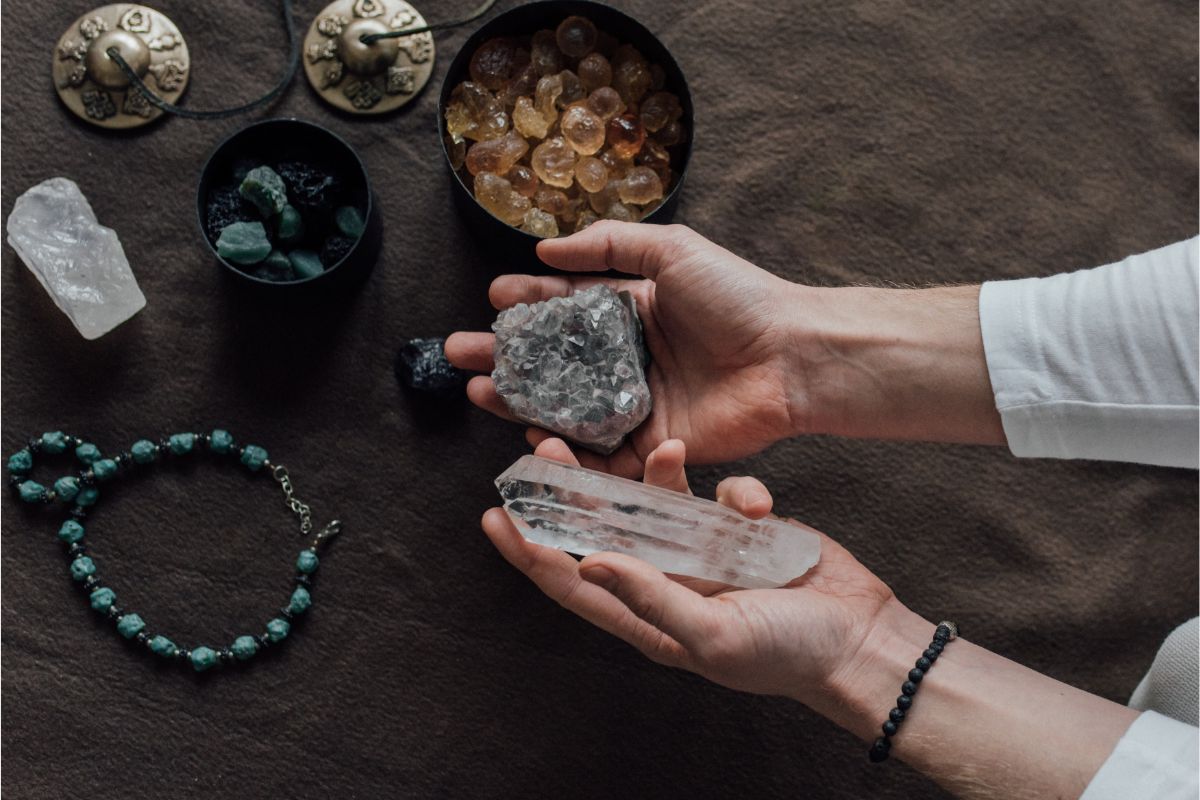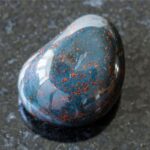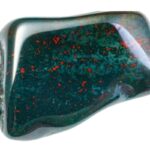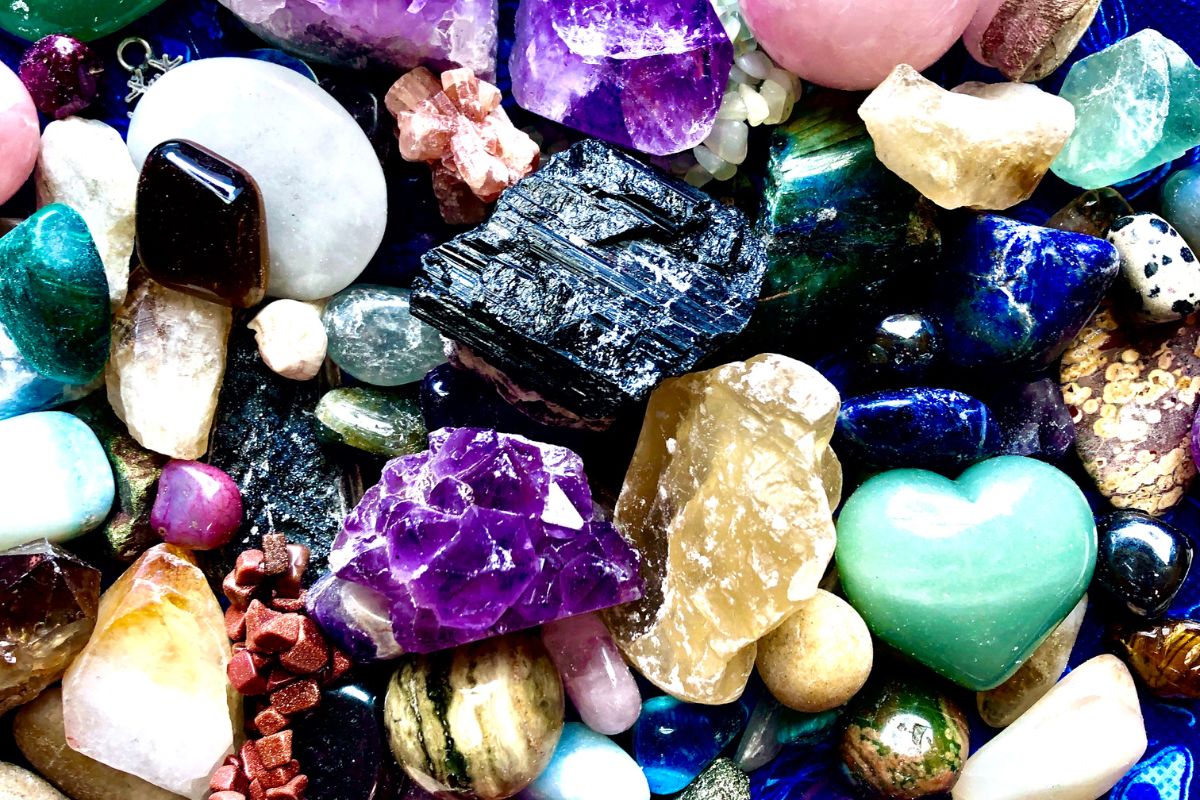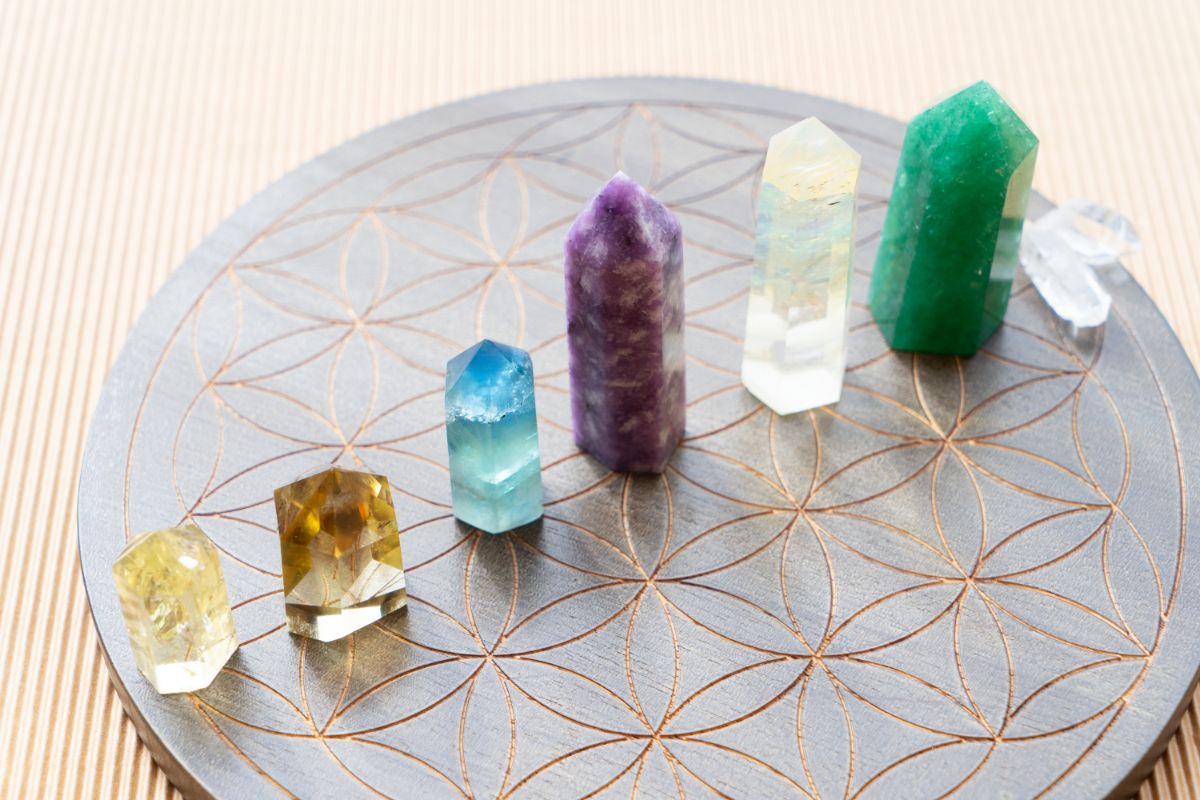In the rich mosaic of gemstone traditions, birthstones hold a special place, acting as a personalized symbol for each month of the year.
March is represented by not one but two distinct gems: the serene aquamarine and the enigmatic bloodstone.
When thinking of birthstones, we generally just picture each month as having one – but that’s not always necessarily true.
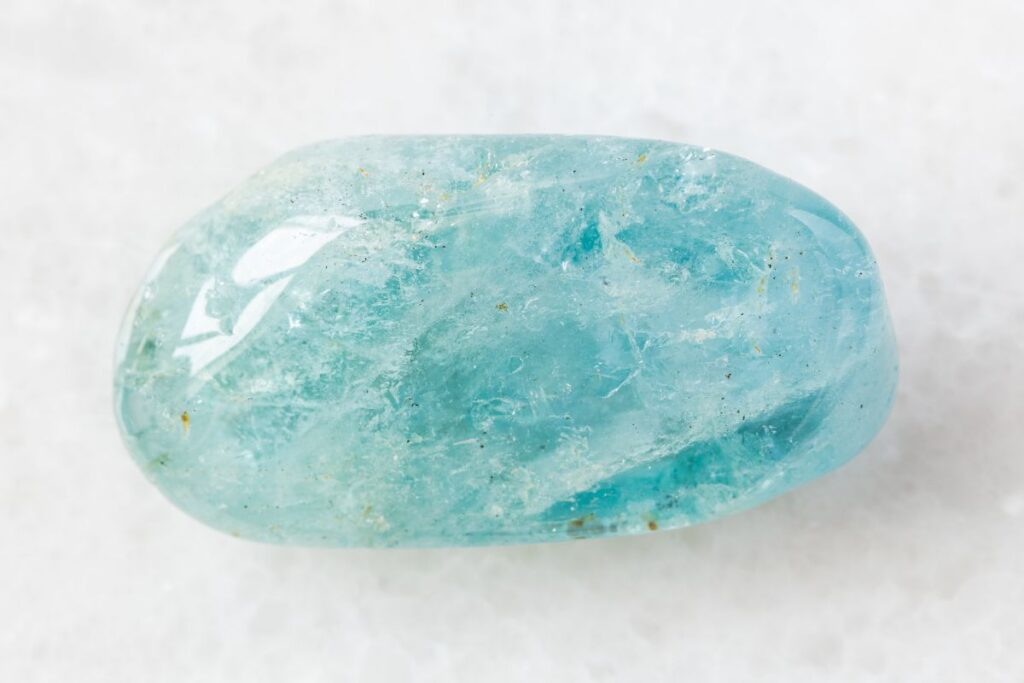
In this guide, we’ll take a closer look at both aquamarine and bloodstone, and explain why March has two birthstones in the first place.
Birthstones Through History
The history of birthstones is as colorful as the gems themselves, often believed to have originated from the sacred Breastplate of Aaron, which contained twelve stones representing the twelve tribes of Israel.
These stones made their transition from religious artifacts to personal adornments with specific societal meanings.
As these traditions wove into the fabric of various cultures, the gemstones began to be associated with the twelve months of the Gregorian calendar.
Over time, adjustments to these assignments have been made, reflecting changes in taste, discoveries of new sources, and the influence of gemstone markets.
These shifting sands of tradition have allowed for some months, including March, to accumulate more than one birthstone, offering a broader representation of the diversity within historical and cultural contexts.
Aquamarine: The Serene Sea-Green Gem
Let’s explore aquamarine – which is often considered to be the main birthstone for March.
This beautiful gemstone conjures images of calm seas and clear skies. Its name, derived from Latin, literally means ‘water of the sea,’ and its spectrum of blue tones is celebrated for its calming presence.
Primarily mined in Brazil, aquamarine is a variety of the mineral beryl and is cherished for its excellent clarity and hardness, making it a favorite for jewelers.
Its storied past as a treasure of mermaids and a charm for sailors highlights humanity’s penchant for attaching stories of mystique to natural wonders.
However, the true allure of aquamarine lies in its tangible attributes – its luster, its delicate colors, and its durability.
Bloodstone: The Stoic And Bold
In contrast, bloodstone, which is a lesser-known birthstone for those born in March, presents a strikingly different visage.
This gemstone, with its deep green canvas marked by iron oxide red spots, resembles droplets of blood, hence its dramatic name.
Its primary deposits lie in India, and unlike the transparent aquamarine, bloodstone is opaque, offering a sense of groundedness and gravitas to its bearers.
In history, it garnished its reputation as a stone of courage and health, often carved into seals and amulets.
These traditional beliefs, while lacking scientific support, reflect the stone’s enduring legacy and the human desire to find meaning and power within the natural world.
The Story Behind The March Birthstone
March’s dual birthstones can be seen as a heritage of differing historical and cultural paths that have converged.
Some speculate that the two stones may cater to varied tastes and pockets – while aquamarine is often more prized and expensive, bloodstone offers an affordable alternative.
The variance also serves those with differing aesthetic preferences, providing a choice between aquamarine’s soothing blues and bloodstone’s earthy tones.
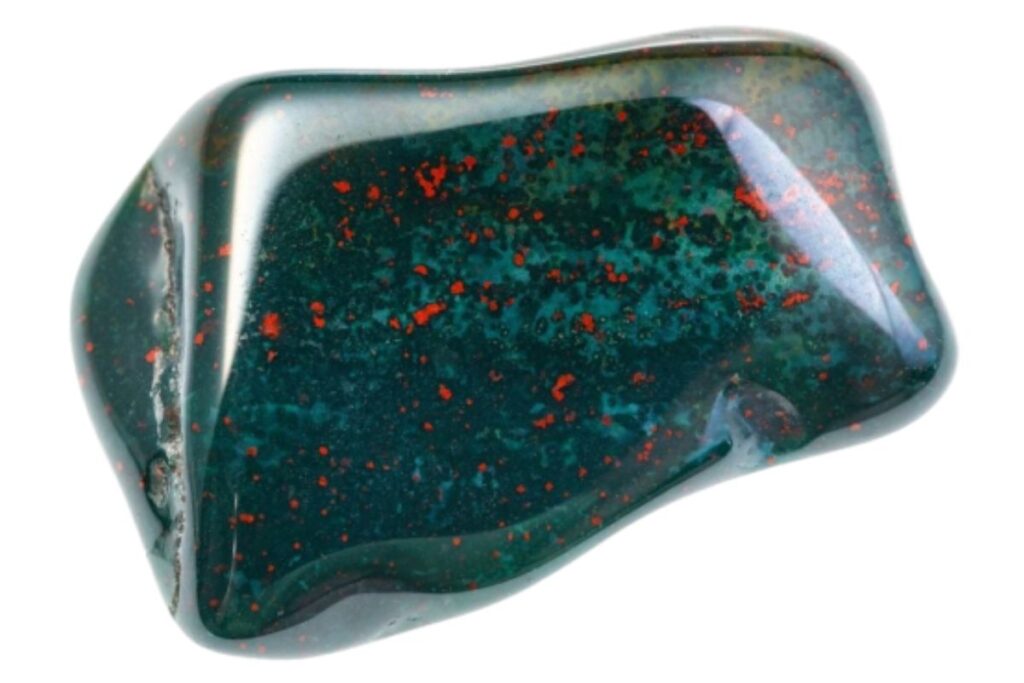
The Symbolism And Meaning Of March’s Birthstones
The symbolism attached to these stones is rich and varied.
Aquamarine is said to evoke the exhilaration of love and to enhance the happiness of marriages.
Its pale blue color has long been associated with the sea and sailors, believed to bring good luck and safety on the water.
Ancient Greeks and Romans believed aquamarine could bestow foresight, courage, and fortitude.
In the Middle Ages, this stone was thought to counteract the effects of poison and aid in digestion.
Meanwhile, bloodstone is associated with a warrior’s spirit – strength, resilience, and endurance.
Legend states that bloodstone was formed when drops of Christ’s blood stained jasper at the foot of the cross.
Seen as a symbol of justice and bravery, soldiers often carried amulets of bloodstone for protection and courage.
The red spots of bloodstone were believed to enhance the flow of blood and heal hemorrhages. These symbolic meanings are deeply entrenched in human history and culture.
Aquamarine evokes timeless bonds of love, while the bloodstone summons primal strength and valor.
They represent emotional and physical vitality, tapping into our deepest hopes and aspirations.
As March’s birthstones, aquamarine and bloodstone speak to our longing for meaning and purpose.
Their luminous blue and dramatic red connect us to the natural forces that shape water and stone, sea and blood.
Their symbolic resonance and natural beauty make these gems perennial favorites for those seeking personal connections to their birthstones.
The Jeweler’s Perspective
Jewelers and gem traders may lean towards one gem or the other, influenced by trends, availability, and consumer demand.
Aquamarine, with its clarity and sparkling hues, often commands higher prices and is frequently requested for high-end jewelry pieces.
Bloodstone, though less common in the marketplace, has a loyal following and is sought after by those who appreciate its historical significance and unique appearance.
The Official Lists
Gemological authorities like the American Gem Society play a significant role in the designation and recognition of birthstones.
They update the lists considering historical precedent, market trends, and cultural differences, ensuring that such traditions remain relevant.
Their recognition of both aquamarine and bloodstone for March acknowledges the month’s historical plurality of gems.
Birthstones In Modern Culture
Today, aquamarine and bloodstone both hold their ground in the world of gemstones.
Aquamarine’s allure is evident in its prevalent use in contemporary jewelry, from engagement rings to casual wear.
Bloodstone remains valued in specific markets and collectors’ circles, prized for its distinctive appearance and storied past.
Conclusion
The journey of March’s birthstones from ancient history to modern adornments encapsulates the enduring human fascination with the natural beauty of gemstones.
Aquamarine and bloodstone serve as emblems of March, each with a distinct narrative and appeal.
Their continued popularity is a testament to their versatility and the myriad ways in which gemstones can enrich our lives.
In short, March has two birthstones as a result of how traditions evolve and how they continue to hold significance in our personal and collective experiences.
- 15 Crystals That Cannot Be Exposed To The Sun - January 7, 2024
- Malachite Vs Fuchsite – Benefits And Uses - January 7, 2024
- Malachite Vs. Green Jasper: Benefits And Uses - January 7, 2024

